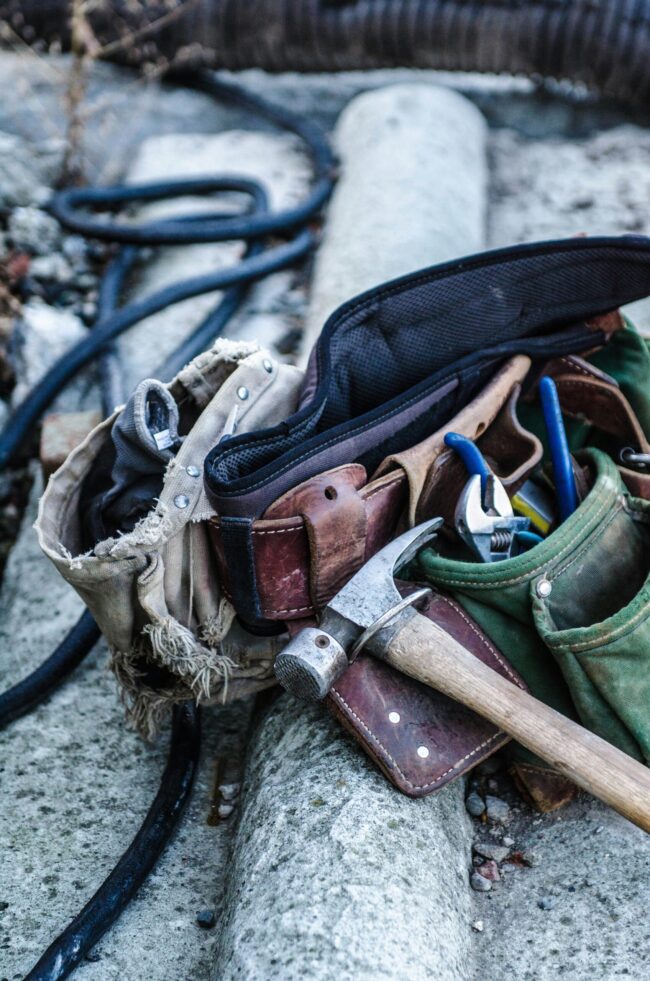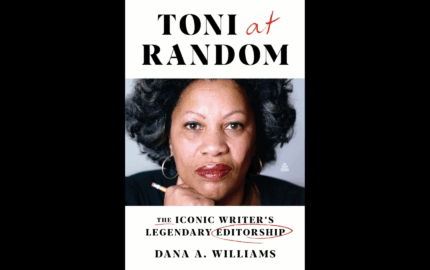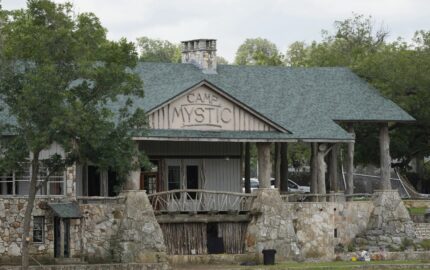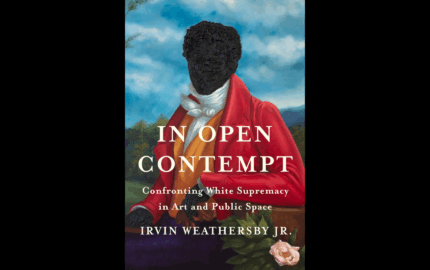Arecent phone conversation has me thinking about construction. Not of the firewood holder waiting in the garage to be assembled (a spare Allen wrench, anyone?). I’m thinking of construction as it applies to stories.
I was contacted by an admired journalist who now also teaches at a respected university j-school. She reached out for some suggestions about how to weave narrative — what I simply think of as effective storytelling — into investigative, explanatory and issues-based projects. We got a bit sidetracked with shared tales from the realities of academic bureaucracy, distressed students and grading rubrics. But mostly we talked about how to teach the tools of a trade we have both devoted our lives to, but that newcomers often find as baffling as they do frustrating.
What this journalist/professor told me about her coursework was more than impressive. She created a class in info-gathering; students go to various places, from courthouses to cop shops to licensing offices to legislative websites to Google, where they discover a wondrous world of raw material that belongs to the public. Over the 17 years I taught at the University of Missouri School of Journalism, it became clear that a core challenge of teaching journalism was the need to teach basic civics: How our courts and other public systems work. It thrilled me to hear how much students loved this teacher’s course. I imagine them on joyous scavenge hunts that engage their curiosities — but don’t require them to then have to do that next confounding thing: Turn it into a relevant and readable story.
Which is why the journalist/professor called. Her students would get so far, then hit the brick wall of story structure. Unwelcome grades were not uncommon; nor were tears.
No magic — but many models
I have no magic answer. My students always reached the same hurdle. There is no one way to get them over it.
But my way was to back up, simplify and, most important, deconstruct. Thus, my thoughts about construction and the tools we need to master to build something sound.
My father had a wood-working shop; he built the small house I grew up in. My mother sewed, knitted, crocheted, could get all the dishes of Thanksgiving dinner on our crowded table at the same time, hand-sanded wood floors and, when needed, could fix the plumbing. I grew up in a world of patterns and menus and blueprints and schematics — a world of construction. But it didn’t occur to me until I was far into my own reporting/writing career that I had been surrounded by much of what I needed to know about writing a story. I was constructing. The only difference was that I worked with the less tangible materials of words and images, rather than the solids of wood, fabric, yarn and spice. But my stories were built, as surely as a table or coat or even Sunday dinner were built.
When that realization dawned, I changed my approach to my writing, then to editing and finally to teaching. I did what I suppose is a version of reverse engineering. You have a cool end product in front of you — let’s say a stand-out story. But to really learn from it, you have to take it apart and understand the various pieces, what their purposes are, where to find them, how they are put together and why they work.
Reverse engineering a story
The journalist/professor I spoke with this week was already doing that in her info-gathering class. Students weren’t asked to deliver a massive and cohesive investigative project. Instead, they were gathering and assessing the raw material that serves as the foundation of those projects.
So, too, with story structure. We start with a story vision and purpose in mind. Then we have to back up and think about the pieces-parts we need: X sources, Y observation, Z context. From there, we build forward, a story section at a time. Some sections are traditional journalism (information): some are more narrative, if you will (character, scene, description). But each is its own part of a bigger story, and each calls on using different tools.
I have many cherished and talented journalist friends who consider their work some sort of mysterious art — and often produce artful work. If that works for them, grand. But I have found it more effective and far less stressful to step back, figure out the pieces-parts I need, reach for the tools I need to secure them, then assemble them in proper order. All without an Allen wrench.



